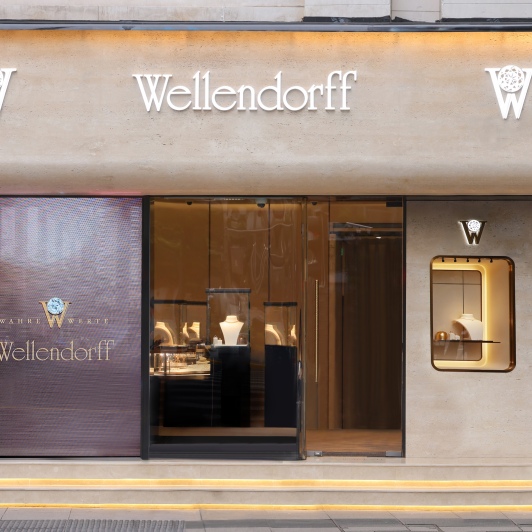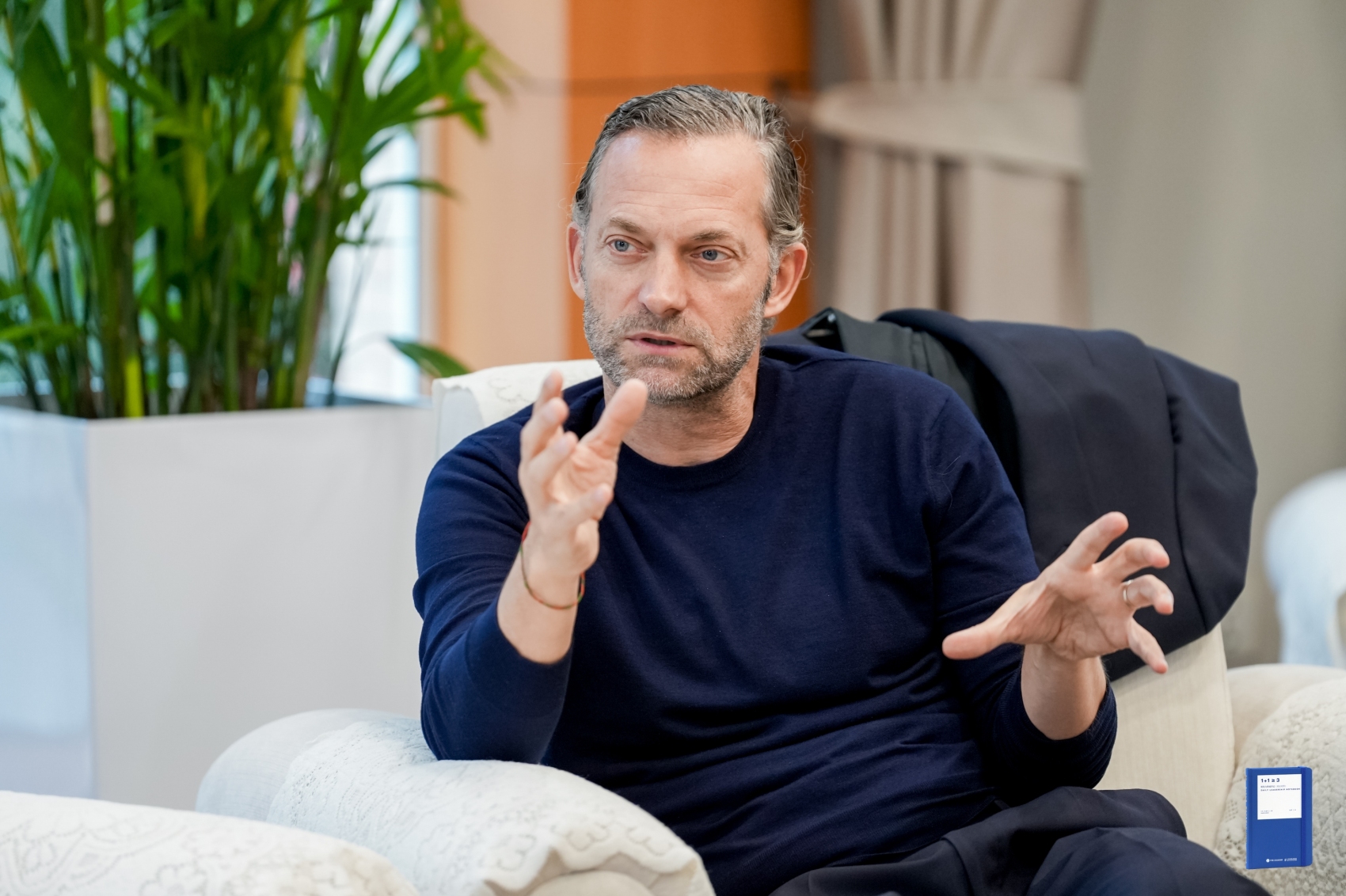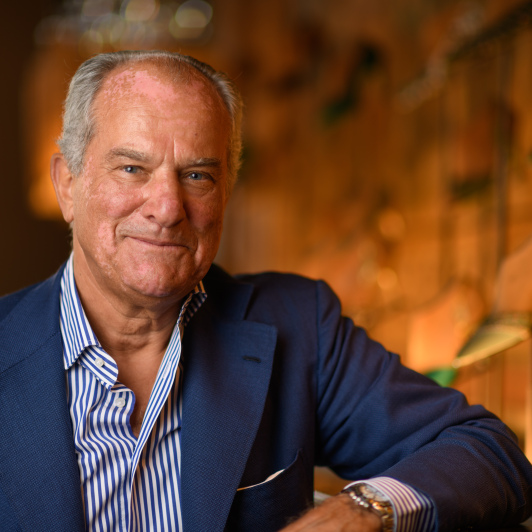“When it comes to the scale of luxury brands’ furniture business, FENDI Casa is way ahead,” said Alberto Da Passano, CEO of FENDI Casa, during an exclusive interview with LUXE.CO at the brand’s flagship store in Milan, Italy.
During the 2024 Milan Design Week and Salone del Mobile, Luxe.CO was invited to experience FENDI Casa’s newly launched luxury furniture collection and engaged in an in-depth conversation with Alberto Da Passano. The discussion provided comprehensive insights into how an international top-tier luxury fashion brand strategically coordinates its home furnishings business line, ensuring brand DNA and design philosophy remain consistent across all product categories while expanding in the burgeoning lifestyle sector.
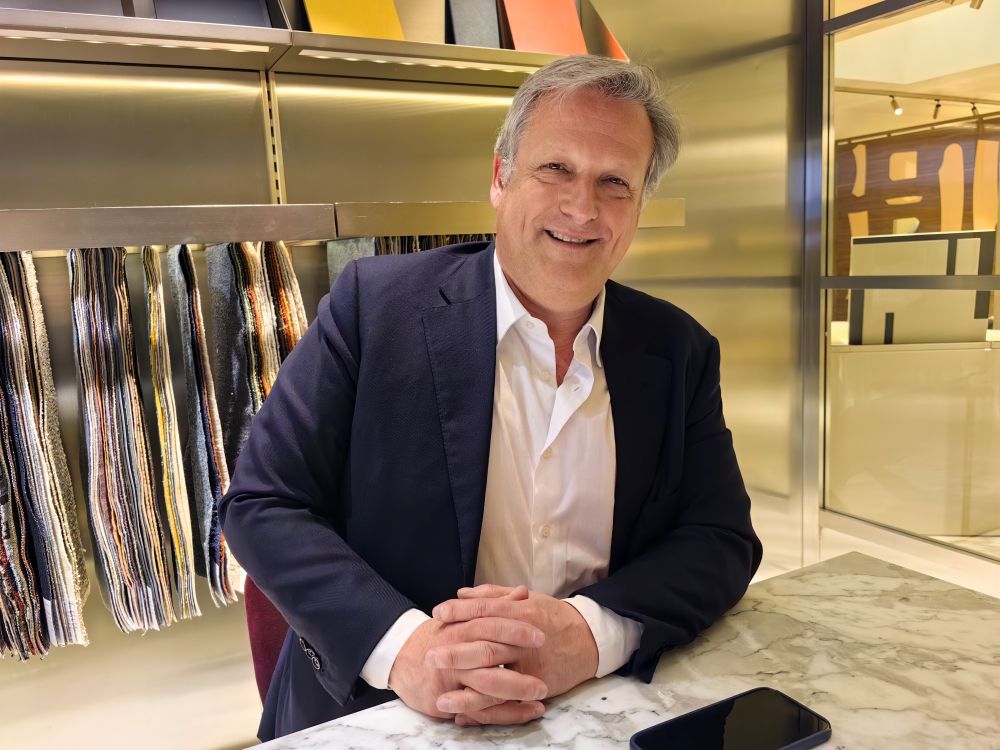
Since 2021, FENDI has comprehensively revamped its home furnishings business by establishing a new joint venture with a new partner and implementing sweeping reforms across product planning, distribution channels, and branding efforts.
In 2022, the reorganized FENDI Casa opened its global flagship store in Milan. In June 2023, the brand’s third global flagship store and the first China flagship store opened on Shanghai’s West Nanjing Road.
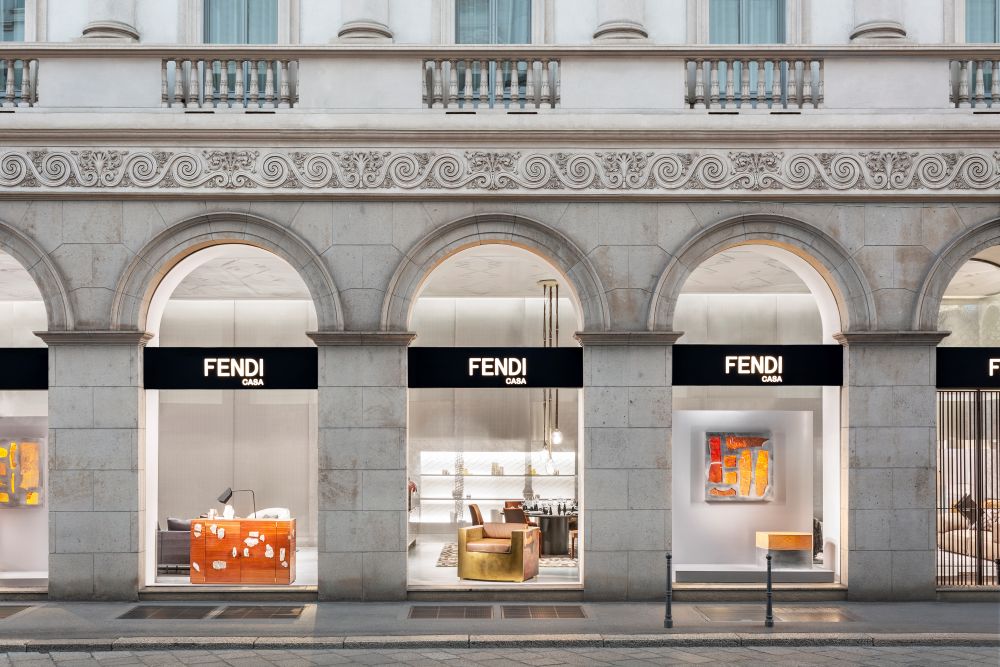
Fendi Casa Milan Flagship
From “the Old Fendi Casa to “the New FENDI Casa”
Alberto Da Passano graduated from the University of Genoa in Italy with a degree in Economics and boasts 34 years of experience in the luxury goods industry. He joined the then-existing GUCCI Group in 1991, where he was responsible for finance and operations for GUCCI and then Yves Saint Laurent brand. He also served as the head of global retail operations for MONCLER. In 2012, he joined the FENDI brand under the LVMH Group, serving successively as the president for Europe, the Middle East, and India, as well as the general manager of brand licensing. In July 2021, he was appointed as the CEO of FENDI Casa with a series of business reforms and brand upgrading measures on the way.
In this interview, Alberto Da Passano referred to the differences between “the old FENDI Casa” and “the new FENDI Casa” around 2021.
In the late 1980s, Alberto Vignatelli, the founder of Italian furniture group Luxury Living Group, boldly proposed to the FENDI family to extend FENDI’s aesthetic principles in fashion to home design, allowing his company to develop and sell furniture products for FENDI under license. In 1988, FENDI Casa was launched, and the cooperation between the two parties lasted steadily for about 30 years until Vignatelli’s death in December 2017.
In May 2021, FENDI embarked on a new chapter with its new home furnishing partner, the Italian high-end design group Design Holding (later renamed Flos B&B Italia Group), by establishing a joint venture company named Fashion Furniture Design (abbreviated as “FF Design”).
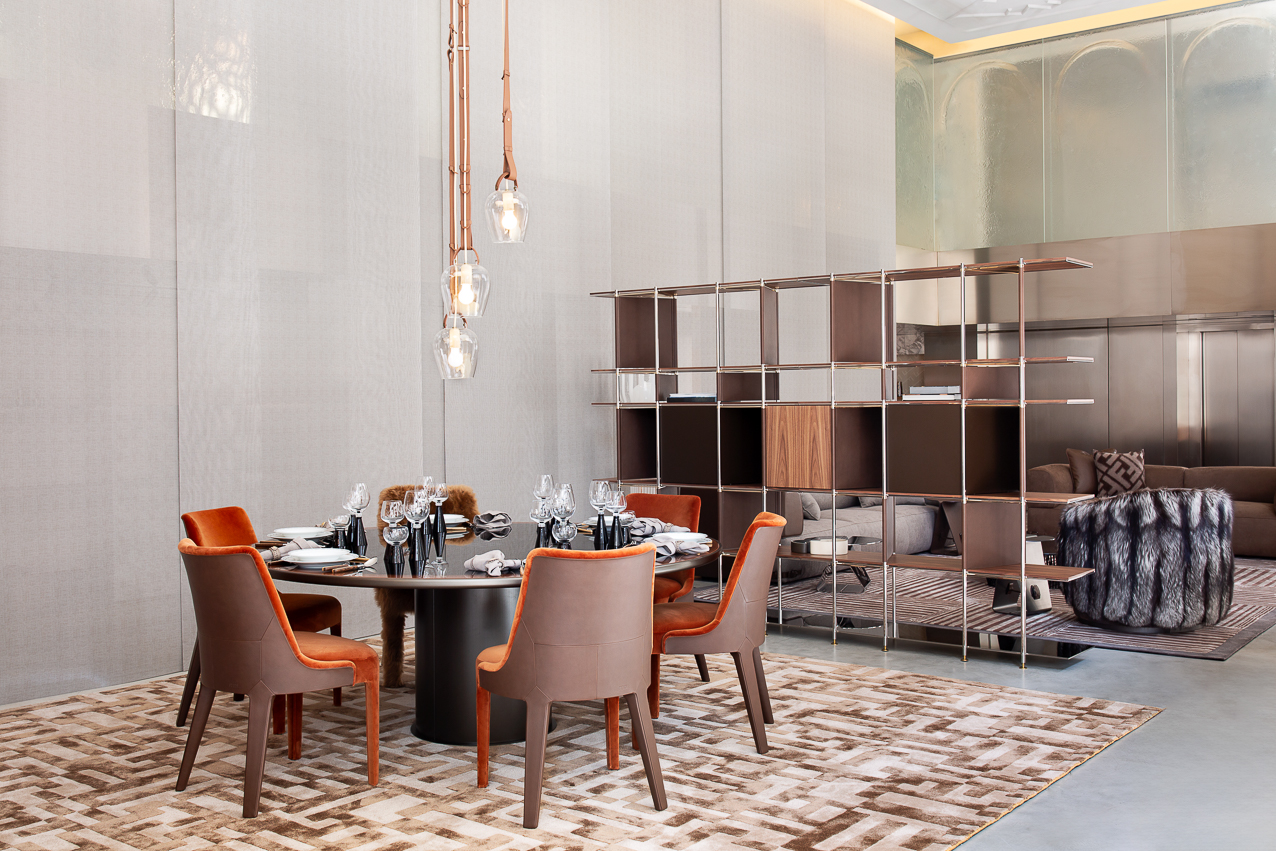
Although FENDI holds a minority stake in the FF Design joint venture, it retains veto power over major business decisions. Alberto Da Passano was appointed by FENDI to lead FF Design.
So far, FENDI Casa has three direct flagship stores in Milan, Miami, and Shanghai and has more than 50 selling points around the globe.
Interview Highlights
What’s the biggest difference between a fashion brand and a home design brand?
Alberto Da Passano: I think the fundamental difference is the speed of how things are happening. In fashion, everything is very active. While in home luxury, everything is more thoughtful and is more for the long term. The development of the product takes more time. The act of buying from the clients takes time.
Also, rational engineering is more pushed than in fashion. For a fashion brand, the products should be very appealing and of very creative content. But for a home design brand, you need to make sure the products are functionally very useful, very well executed, and very well thought. If you buy a pair of shoes that may hurt a bit, you may not care. But a sofa has to be comfortable and strong because it has to stay for many years.
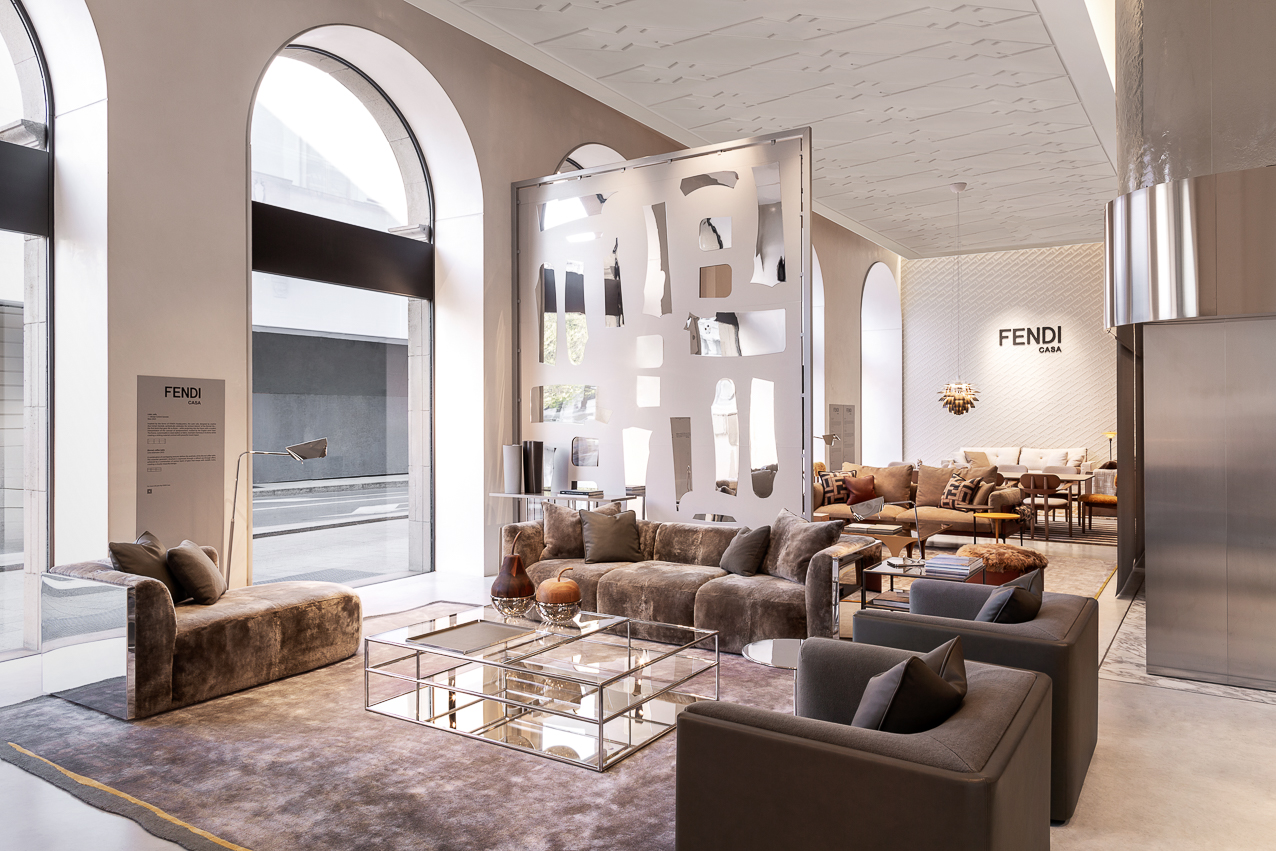
Another fundamental difference is that in fashion, most of the time, you have full control over the relationship between the brand and the client. However, for home design brands, many relationships are intermediated through dealers in the market. Even getting the message to the client is now filtered through the chain. Therefore, if you want to make something happen, the message first goes to the dealers, and you have to convince them. This has indeed been a challenge.
Now, when we changed from the old FENDI Casa to the new FENDI Casa. The change was big, important, and pretty strong. And so we see very well in the channel of distribution, retail for us. Now FENDI lovers are coming into our store. They understand the new change because FENDI Casa is now close to the brand. The contractor and the wholesalers perceive all the added value and everything.
What’s the biggest change of FENDI Casa’s reorganization?
Alberto Da Passano: First of all, 90% of the collection is completely new. That’s not because what was done in the past was not good, but simply because FENDI has changed a lot.
After 2012, Pietro Beccari took a completely different turnaround, becoming very high-end. Meanwhile, FENDI Casa remained a bit like the old FENDI. This created a mismatch, as no clients of the new FENDI wanted to buy the old FENDI Casa, or vice versa.
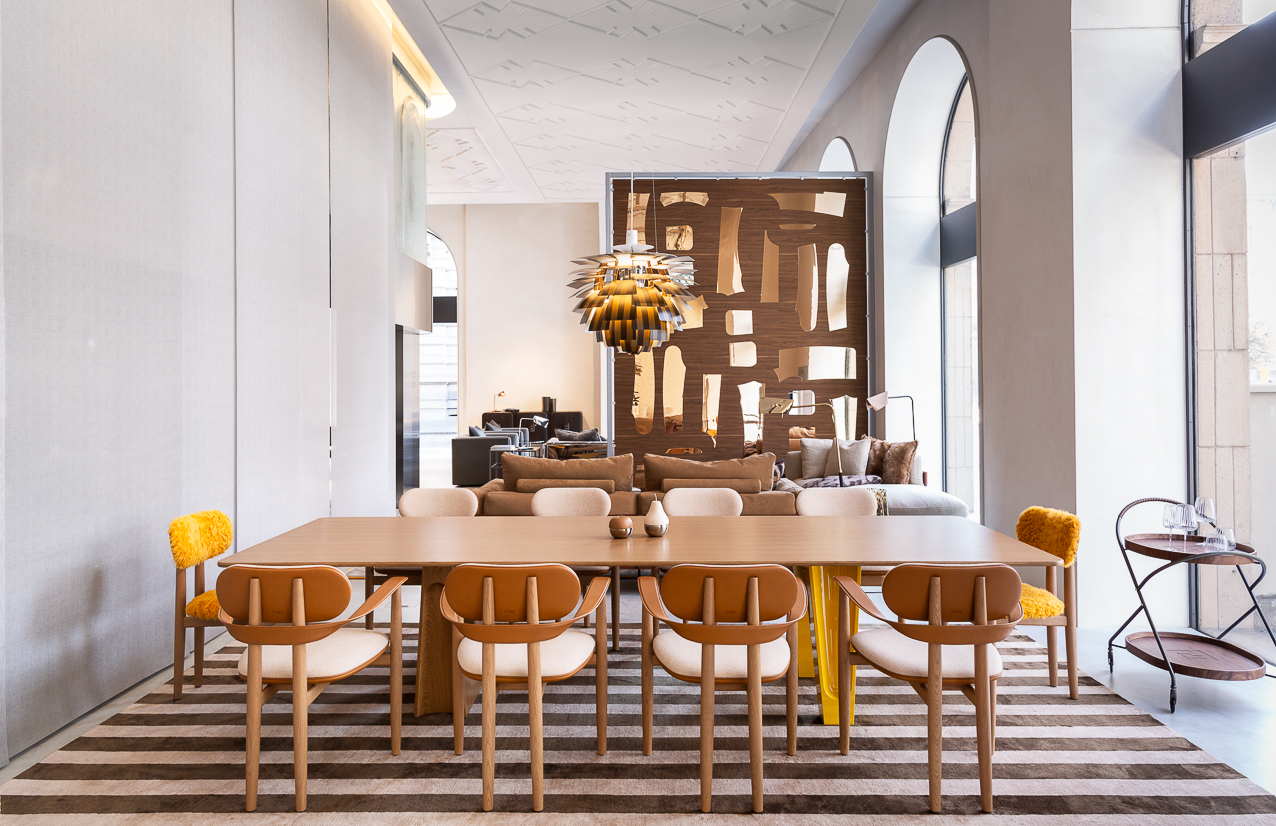
So we thought it was important to align the two businesses. Our previous partner was very visionary, but he passed away. So we decided to enter more directly into this business and changed the collection completely.
Now, every single product is signed off by Silvia Venturini Fendi (Third generation of the FENDI family, FENDI’s creative director). She is not designing every single product, but she is choosing all the designers that are cooperating with us. She defines everything here. The store setup is completely agreed with her.
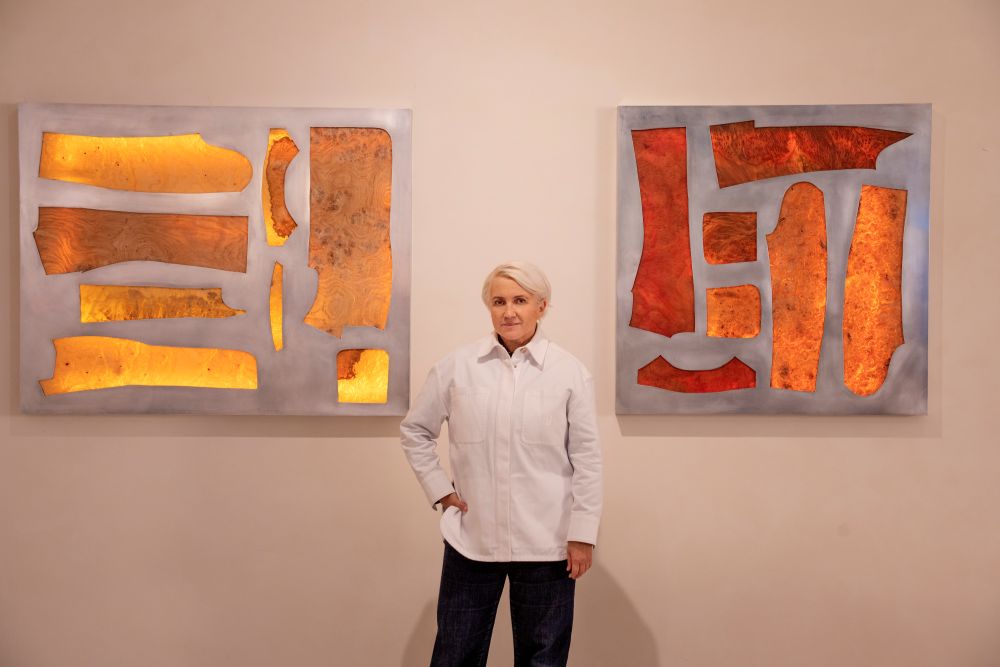
We have a separate budget and we do various kinds of activities when we are comfortable with our product portfolio.
I think in the past, FENDI was always a bit more concerned. Today, we are fully aligned. For example, we recently did a shoot for an Italian magazine that will be published next month. It is a very good sign of coordination and full alignment.
What do you think of the China market?
Alberto Da Passano:
I think we should reshape our presence in China. China has always been a very strong market for FENDI Casa. However, not everything was done qualitatively. The problem is not with the Chinese market but with us, here. I think we have 40 dealers in Italy, and they were all exporting to China. Consequently, China was massively receiving products with a lot of parallel business and many conversations with clients about discounts, which we absolutely wanted to change because that goes against brand equity. So, we completely cut off distribution in Italy. In Italy, the only place you can buy FENDI Casa is here.
We have reduced the number of dealers in China from 22 to 14. Now, all of them are very qualitative, with no more than one store per city, as otherwise, it creates competition on pricing. We are not going to open many operator stores, but we want to have flagship stores in key markets to set the tone for everyone and show how we’ve invested in the Chinese market. For instance, we have the Shanghai flagship store. That’s how you build brand equity—by having the same product and communication.

FENDI Casa Shanghai Flagship store
China will likely remain the single most important market for a while. The potential is absolutely great. Our store in Hangzhou is going to be elevated to a flagship store after expansion and refurbishment. Our dealer in Hangzhou is very good; they appreciate the long-term strategy. We will have more elevated stores in other cities like Beijing and Chengdu.
This year, we already did blast 30% globally, and the Chinese market was still driven by opening. The first few years in home retail is always complicated, because after the clients place an order, it takes one year for the furniture to deliver.
How is the current sales for FENDI Casa?
Alberto Da Passano: Before we took over, the highest level that FENDI Casa ever reached was 80 million. Our aim is to reach 100 million within five years in a more qualitative and sophisticated way. I think it’s going to be fine! The business is mostly at the wholesale level, unlike fashion, and we also need to pay royalties to FENDI.
In this business, you need to have a lot of new clients because customers are not going to buy a couch every 5 seconds.
Sharing CRM is a lot easier if you are in the same company. And it is a bit complicated if you are not exactly in the same company as the brand. In Miami, nearly 50% of my business is done with FENDI clients. In Milan, it’s a bit less.
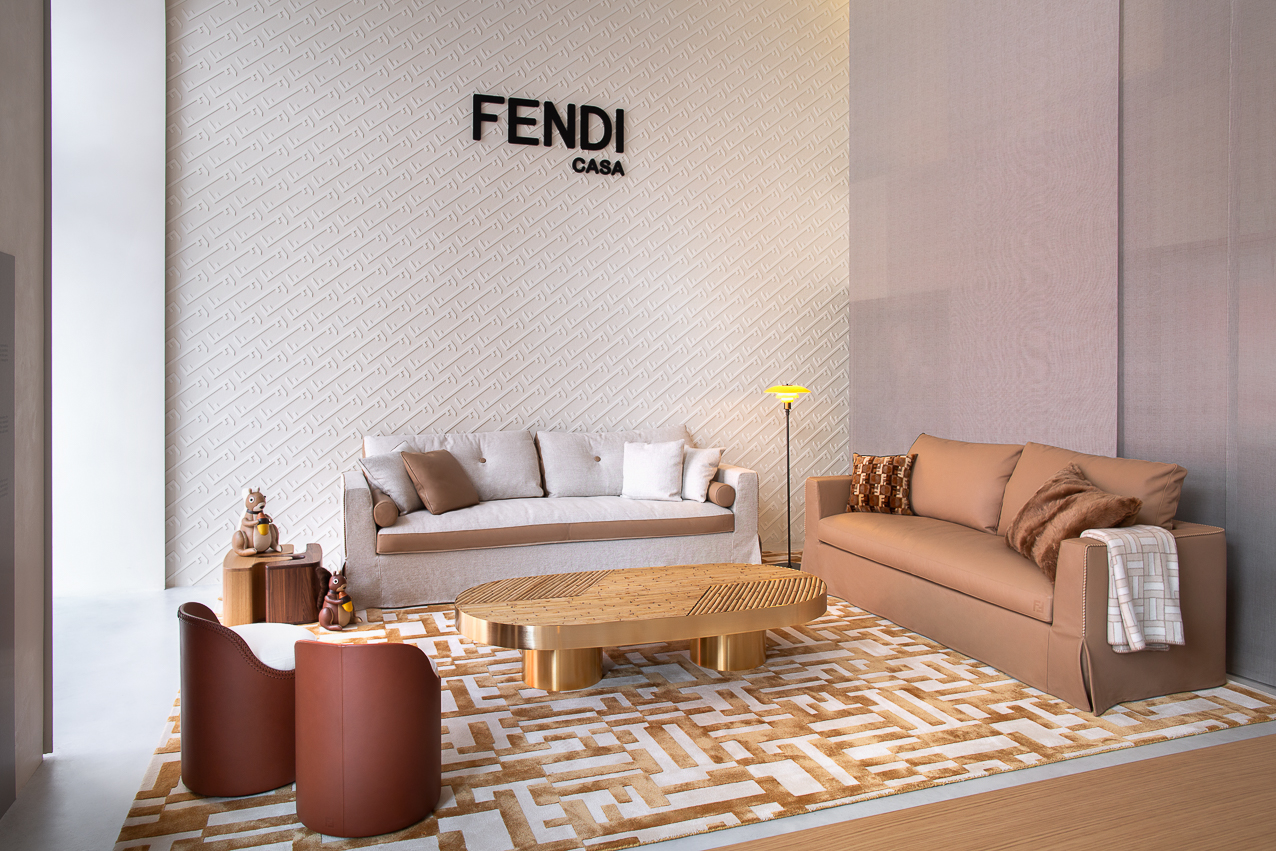
How does FENDI Casa cooperate with the designers?
Alberto Da Passano: We prefer not to rely on big stars. Our philosophy is “brand first.” During these years, Sylvia has given a voice to young designers. FENDI Casa is committed to discovering and supporting young talent. At Milan Fashion Week, you can see the ænigma collection by British designer Lewis Kemmenoe (picture below). The collection was presented in December 2024 at Design Miami, including a limited edition Peekaboo bag!

Because of the collaboration, Lewis Kemmenoe came to Rome for the first time. His visits to museums, gardens, FENDI headquarters, and the FENDI factory in Tuscany provided great inspiration. The bark of pine trees that permeate Rome is cast into brass and aluminum. A jacket pattern from the fashion house’s atelier is reimagined as timber patchwork.
The FENDI Casa 2025 collection features many innovative new items. The Later sofa, designed by Ceriani Szostak, is inspired by FENDI’s Roman headquarters, Palazzo Della Civiltà Italiana. FENDI Cover, a sofa with softer and less sharp shapes, was designed by the FENDI Casa creative team (FF Design) with a versatile silhouette that can be dressed up or down. The Efo coffee table, designed by Peter Mabeo, takes the shape of the distinctive FF logo.

How is FENDI Casa connected to FENDI in terms of brand?
Alberto Da Passano: At the beginning of the exercise, I remember someone saying to me, “You need a communication directory to reinforce the FENDI Casa brand.” I replied, “No, there is no FENDI Casa brand, just the FENDI brand.”
We don’t even have it on the labels of the products. There’s no FENDI Casa, only Fendi Roma. We keep FENDI Casa only on the signage of the store to highlight that while people coming here cannot find the Peekaboo bag, they can buy the Peekasit sofa.
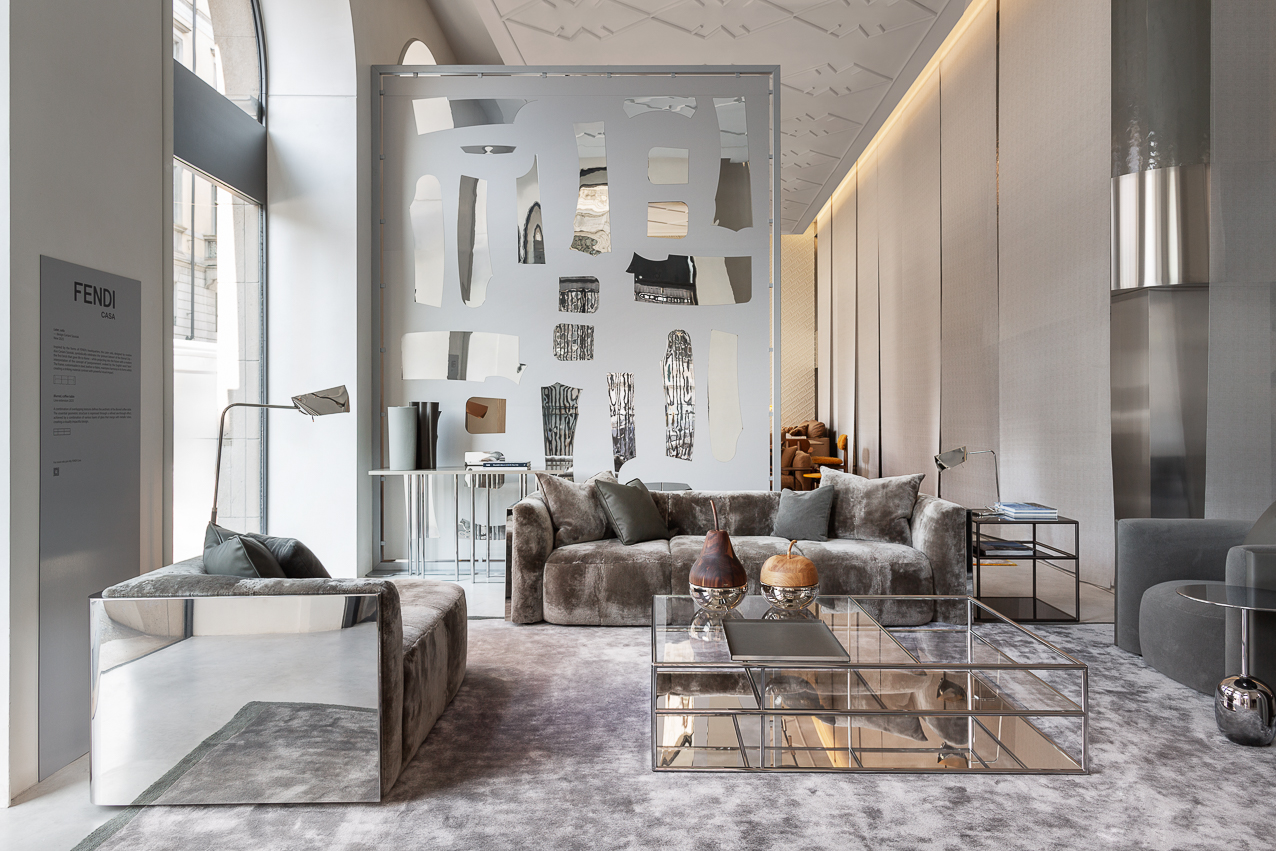
We haven’t entered Japan, but FENDI is a powerful brand there and is now building a big store. There was discussion about why FENDI Casa shouldn’t be included in the store. However, it was decided from the beginning that there should not be any integration. You need 500 square meters to show the collection, but that’s quite large for a fashion brand. It’s not very friendly.
However, I wouldn’t be dogmatic about that. I think it’s very important for us to have a strong presence. That kind of store will be beautiful for FENDI to showcase another aspect of our brand.
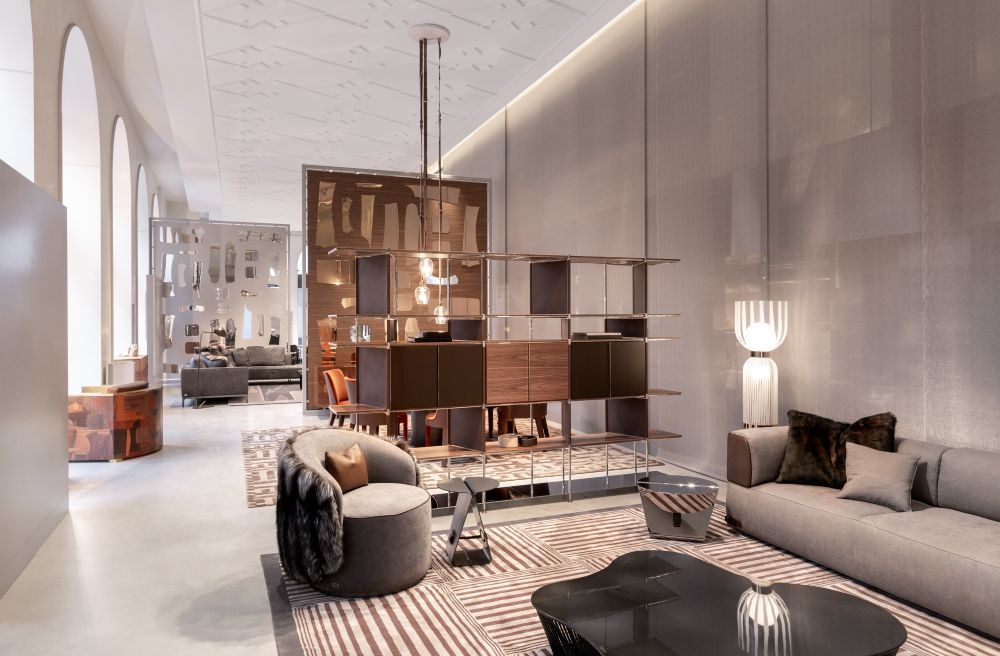
Historically FENDI Casa is the first luxury brand that integrated home collection.
Now, many other brands are following suit. Most of them only have accessory collections and don’t offer such a complete furniture collection.
If more fashion brands enter this field, there will be an explosion of creativity that can benefit the industry. I’m not particularly concerned about other brands coming in; it’s part of competition and part of life. We just need to do even better than we do today to cope with that!
丨Editor: LeZhi

